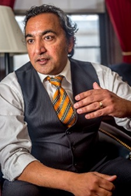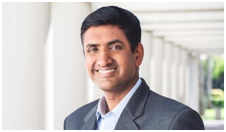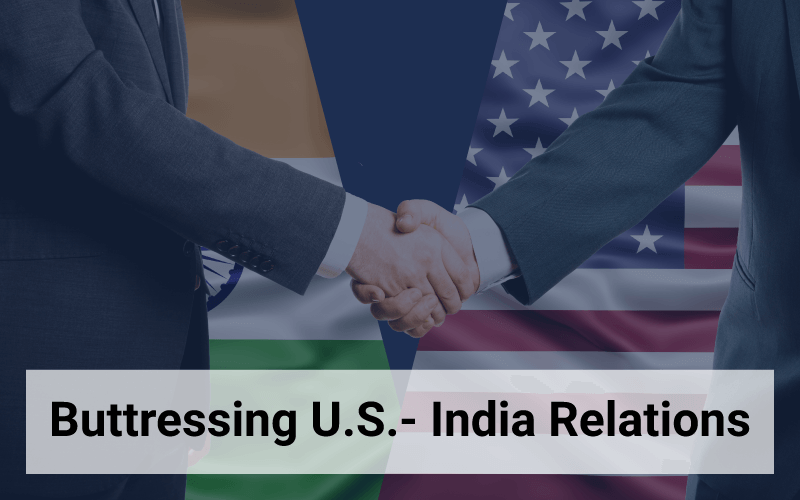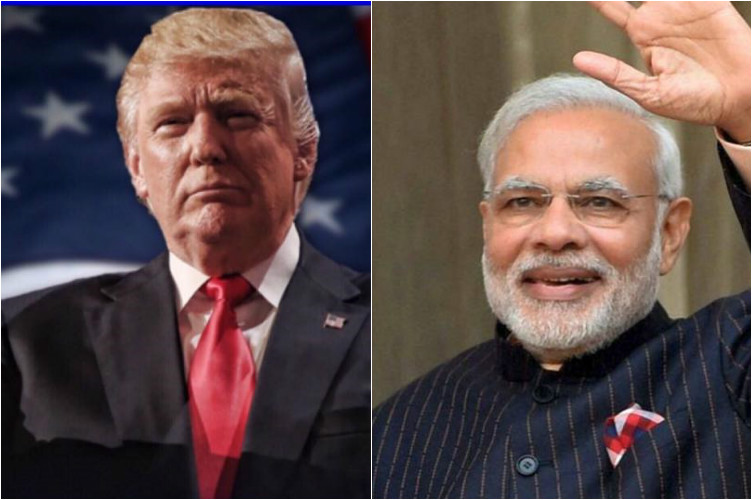A backlog of green cards is causing more than just headaches and long wait times; it’s causing some children to question their future in the United States. Children of highly skilled workers holding H-1B visas are aging out before their parents’ green card request is being filled. Turning 21 means that these children are no longer eligible for H-4 dependent visas and are faced with deportation back to India or applying for an F-1 student visa and hoping their new visa is accepted in time. Many of these children had lived in the United States since they were toddlers and feel that they have adopted the US as their home country, now they feel that they are left in limbo, and their dreams are being put on hold.
There are currently little legislative proposals in place for these ‘legal dreamers’, but groups such as the Skilled Immigrants in America (SIIA) are spending time trying to get the ball rolling by speaking with lawmakers on both sides. They spoke with over 150 representatives according to one source. The SIIA website is full of scanned copies of handwritten letters to representatives and senators written by children and young adults who could be affected by the aging out process one day. These letters ask representatives to not forget about them and how these children came to the United States legally with their highly-skilled parents who pay taxes. The letters tell the story of how these children have come to call the United States their home, speak about their hobbies and achievements, and explains what they want to be when they grow up; many of them want to be doctors and engineers to give back to the country that has raised them.
Representative Ro Khanna of California, who USINPAC is currently trying to reach out to, issued a petition supported by the Shah Peerally Law Group PC that called on the government to “extend the H-4 visa time for H-1B dependent children beyond 21” as well as “to all them [H-1B dependent children] to benefit from the application of adjustment of status through their parents under the Child Status Protection Act.” Currently, the petition is available to sign on change.org and has 1,730 signatures out of its 2,500 signature goal. Through the Child Status Protection Act an individual could still be classified as a child even if they are over the age of 21 and if they had aged out of the green card process due to extensive processing time. Currently, though, the delay for green cards is not due to processing time, but the backlog of people of Indian origin waiting for green cards. The problem for Indians waiting for green cards in the bottleneck that is happening rather than extensive processing times. There are a huge pool of people applying for green cards, but relatively few slots available for them each year.
Highly-skilled Indian immigrants can expect wait times up to 70 years to receive green cards and permanent residency because of the country cap that is currently in place. This cap states that each country, no matter the size or population of the country, to be issued only 7% of the 140,000 employment-based green cards given out. If a country fills it’s 5,000 applicant slots, there are no more applicants allowed, and if a country does not fill all of its slots, then those green cards are not used. By allowing unused green card slots to roll over to use in overflow areas, we could alleviate the backlog of highly-skilled Indian workers who are already within the United States and prevent the problem of children aging out before receiving their permanent residency. This solution allows for these children to continue a path of success from the country that they had always called home. Currently, though, there are no policies being discussed to help those children affected by the H-1B visa backlog.
USINPAC will be hosting a panel about the current green card backlog next month where they will discuss ways to relive the backlog. If you would like to write to your representative, you can start by finding your representative on our website. Please click the ‘FIND YOUR REPRESENTATIVE’ tab on the home screen, and on the drop down menu select the Senators/Representatives tab. From there you can select your state or search alphabetically.





